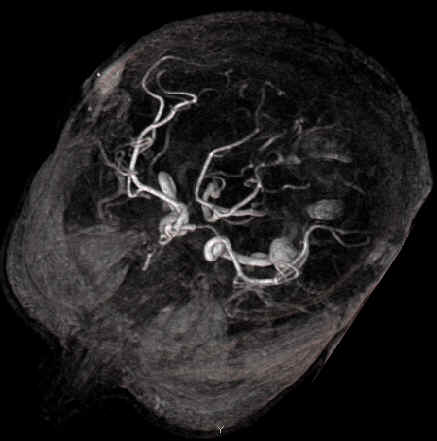| Computer Graphics and Visualization |
|
Computer Vision |
|
Image Analysis and Informatics |
My recent research has focused on modeling, visualizing, exploring, analysis and assessment of digital representations of heterogeneous real world. The fundamental objectives of the advanced visual computing research are to unambiguously model high-dimensional heterogeneous data, automatically extract and retrieve their underlying information, interactively visualize their geometric, physical and other properties, accurately and effectively simulate their behaviors, and rigorously analyze their informatics and dynamic natures.
 |
Detecting, Tracking, and Analysis with Multimodal and Multispectral Images |
 |
Reconstruction and Classification from Image / Video / LiDAR / RGBDs |
 |
Networked Sensing, Understanding, and Optimization |
 |
Spectral Geometry for Scientific and Engineering Data Modeling and Visualization |
 |
Geometric Representation, Analysis and Informatics for Data-Intensive Computing |
 |
Visual Analytics in Large-scale Multimodality Medical Imaging Data |
NSF, AI-Powered Processor for Next-Generation Imaging Data.
NSF, Shape-Image-Text: A Data-Driven Joint Embedding Framework for Representing and Analyzing Large-Scale Data.
NIH, Automatic Quantification and Labeling of Cerebral Microbleeds, Oxygen Saturation and Sources of Abnormal Susceptibility.
NIH, The Next Generation of Vascular Imaging Using Contrast-Enhanced MICRO MRI.
NSF, High-Dimensional Euclidean Embedding.
NSF, Predictable Wireless Networked Collaborative 3D Reconstruction for Real-Time Augmented Vision.
NSF-GENI, GENI-Enabled Vehicular Sensing and Control Networking: from Experiments to Applications.
NSF: Geometric Mapping and Diffusion for 3D Imaging Informatics.
NSF: Integrated Modeling and Learning of Multimodality Imaging Data across Subject for Brain Disorder Study.
NSF: CRI: IAD: Acquisition of Research Infrastructure for Knowledge-enhanced, Large-scale Learning of Multimodality Visual Data.
NIH: Longitudinal Neuroimaging in Sturge-Weber Syndrome.
NIH: Electrical, Molecular and Clinical Correlates of Human Interictal Spiking.
MTTC: Virtual Histology with Volumetric Computerized Tomography.
MTTC: Software Tool for Neuroimaging in Epilepsy.
21st Century Jobs Funds: HyperEye: Susceptibility Weighted Imaging-based Informatics Tools for Brain Tumor Studies.
Graduate students who are interested in the aforementioned research areas may contact Professor Jing Hua directly. Financial supports are available for qualified students.